Apr 7, 2015
Musée de l’Histoire de l’Immigration
What is the common denominator between an immigrant, an expatriate, a foreigner, an alien and a non-citizen? Me. And countless others like me. We who fit the aforementioned, albeit with situations that vary in thousand shades of paperwork grade. Time and time again, the debate, in particular the pitting of an immigrant against an expatriate, can be painfully divisive. Just search for “immigrant vs expat” and you’ll see all kind of perception attached to these words, of social standing, origin, wealth, skin colour, intention. The fight is ugly.
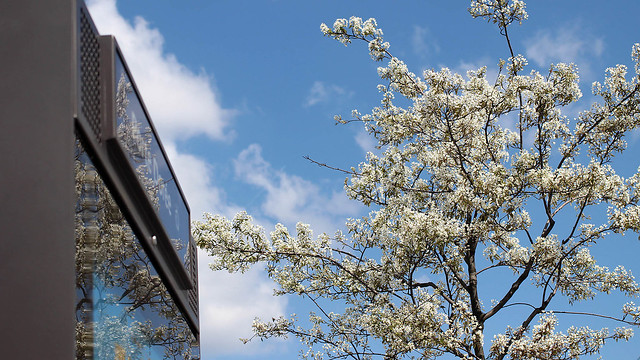
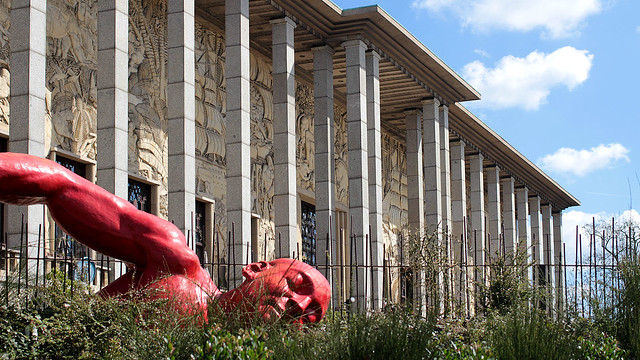
The topic of immigration is a sensitive one and the question of integration has been contentiously thrashed out, in public and in private alike. At times of economic hardship, the subject is paraded – not only in France, mind – like an evil which must be stopped (UKIP’s Nigel Farage would like everyone to go back to where they came from, thank you very much) and the rhetorics filled with “selected truths”. My visit over the weekend to the Musée de l’Histoire de l’Immigration (i.e. Museum of Immigration History) was therefore an interesting one, one where I get to explore briefly the stories of the people who make France the nation it is today.
This national museum opened its doors in 2007 but its inauguration was controversially snubbed by then President Sarkozy, embroiled in a multitude of immigration-related issues; it was only a few months ago that it finally got the recognition it should have received eight years ago. This museum has a lofty goal. It hopes to illuminate a path for the nation to face “an important part of its history which it has preferred to hide from” (Hélène Lafont-Couturier, former director). The million-euro question though: how do you get this dialogue going, constructively?
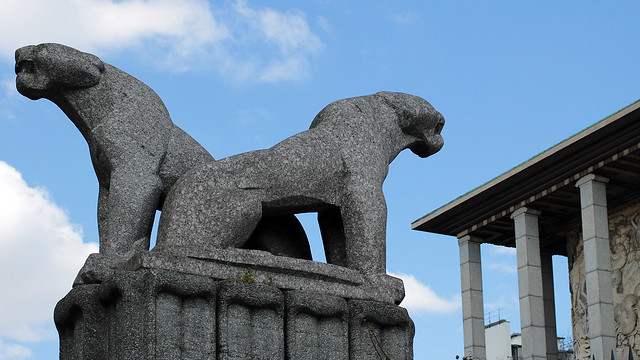
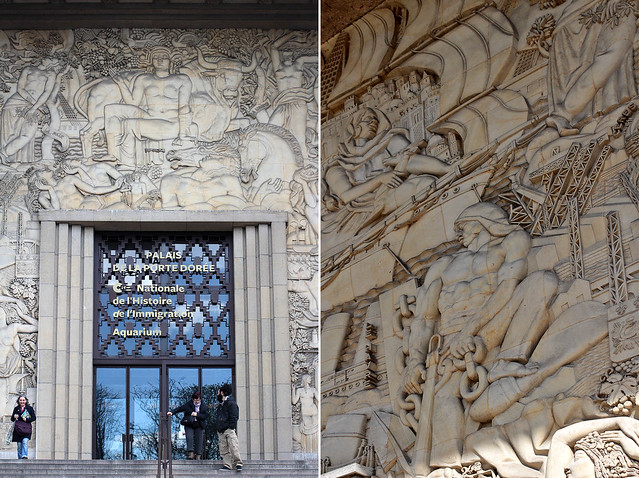
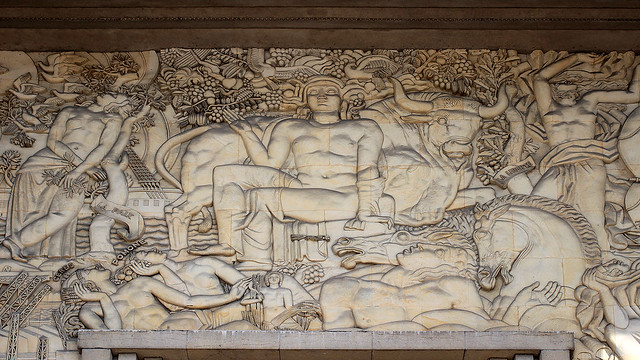
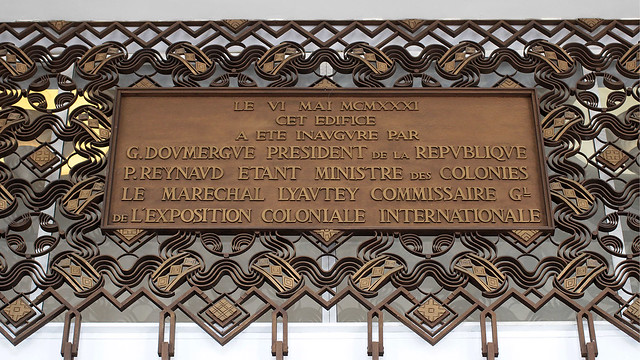
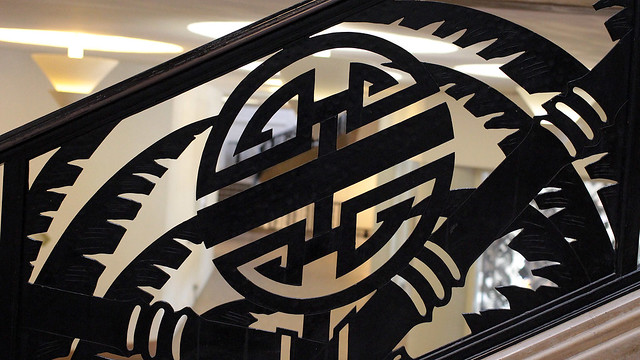

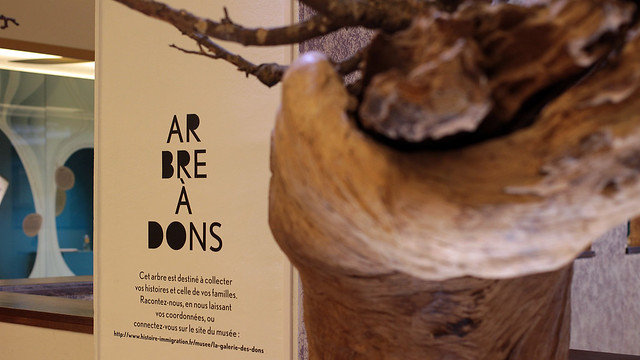
The choice of building to house this museum is also an intriguing one. Built in 1931, Palais de la Porte Dorée is a beautiful Art Deco palace, its façade set with impressive bas-relief sculptures which recounts the colonial history of France, extending from the central allegorical France to Africa, Asia, Oceania and America. Its purpose back then? As a site of the Colonial Exhibition, a 6-month event visited by over 30 million people which proudly extolled colonialism wonders and included an exotic “human zoo”. [Update: the site of the “human zoo” was at the Jardin d’Acclimatation on the other end of the city. Thanks Marie!] It also incidentally reminded me of the Jardin d’Agronomie Tropicale, another place I’d recommend for the curious.
It felt like a kind of cycle of human movement, displaced and rediscovered. After the Colonial Exhibition, the palace turned into the “Musée des colonies”, followed by “Musée de la France d’outre-mer” and its penultimate identity to date was “Musée national des Arts d’Afrique et d’Océanie”, of which its collection is now housed at the Musée du Quai Branly. Each stage seems like a step forward towards liberty and bestowing fair recognition, but is it really?


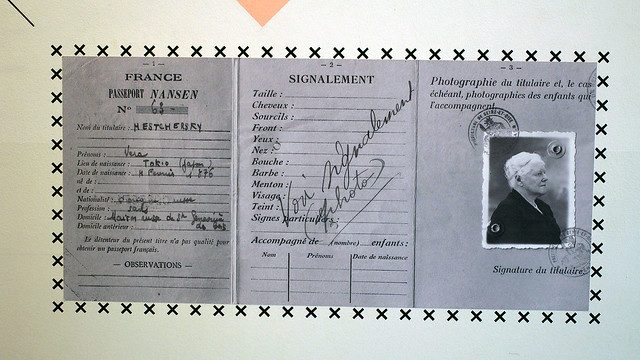
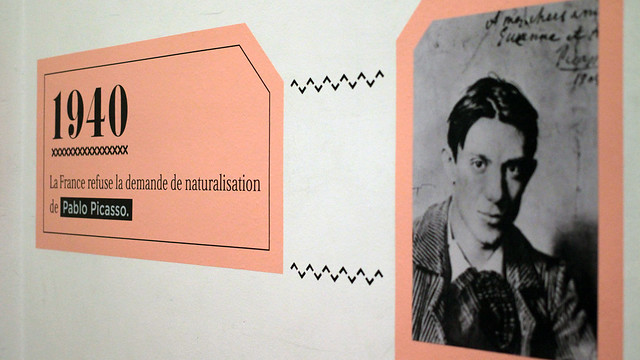
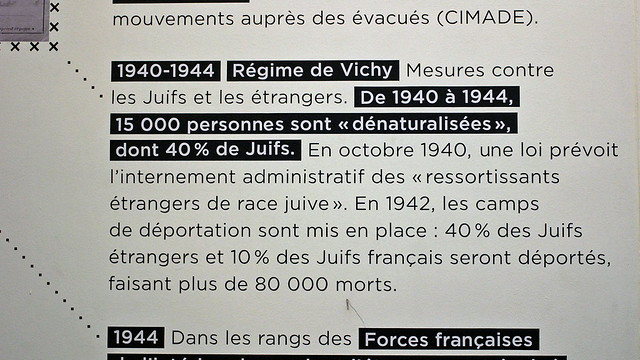
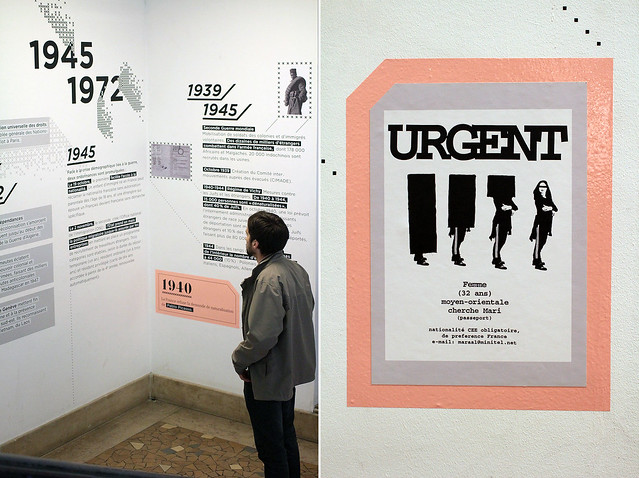

The museum’s permanent exhibition tracks the history of immigration from mid-1800, when skilled workers were welcomed as the city embraced industrial revolution, to present, where human fabric of the society becomes a lot more complicated. I find it rather, say, interesting that the narrative begins not when France became a republic in the late 1700. I supposed it’s not easy to track too far back in time, given the constant flux of people in and out of this country, but could this intermittent period be omitted in order to brush over the inconvenient chapter of slave trade that was rampant at this time?
These text on the walls, followed through, take visitors up to the top floor, where “Repères” (i.e. Benchmarks) shows the history of immigration of some two centuries through photos, objects, posters, manifestos, and other multi-media installations. At one end of the hall stands the entrance to the space dedicated to temporary exhibition, currently on the theme of “Fashion Mix“, while across the hall, “La Galerie des dons” displays a collection of donated items, including medals, various identity cards, family heirlooms, and photos.
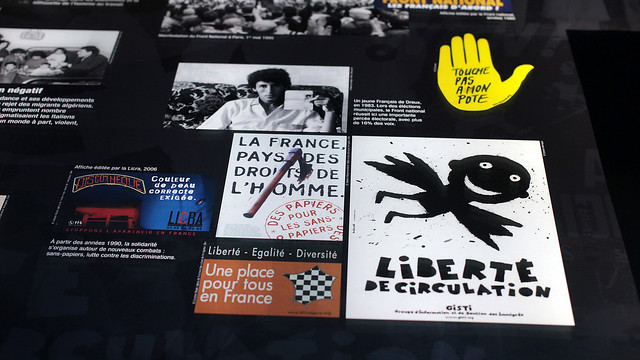
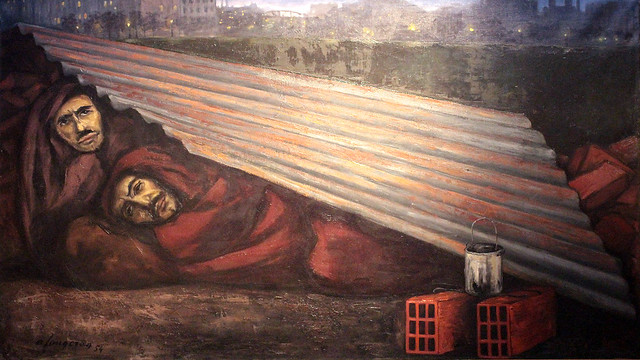
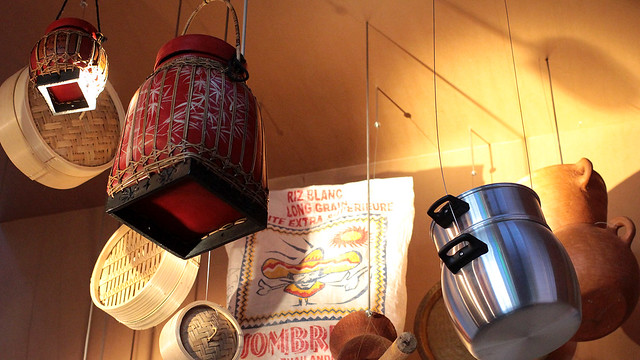

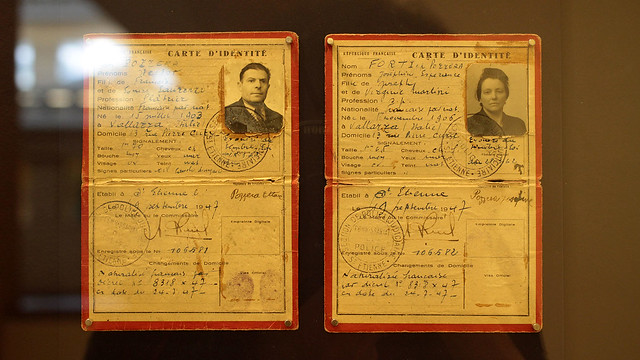

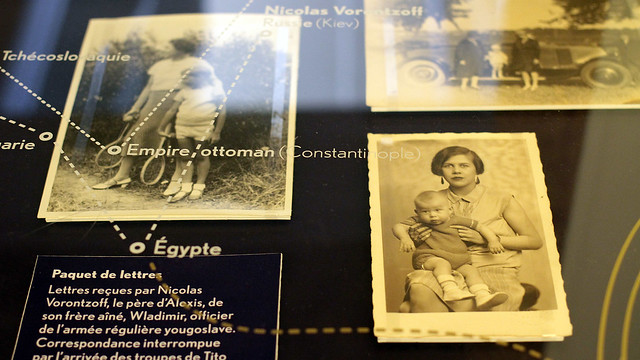
Coming back to a lower floor (well, more like a balcony level), a number of items exhibited reconstruct the story of the palace itself and the colonial expo it was hosting back in the 1930s, and right on the ground floor, the main auditorium with its magnificent frescoes and mosaic show off the grandeur of the palace’s interior. The central fresco in the forum measures 8m in height and 10m in width represents the central presence of France in five continents, amidst peace, strength and glory. Europe is hand-in-hand with France, surrounded by Vishnu on a white elephant (Asia), woman on a grey elephant (Africa), and horses carrying the allegories of Oceania and America. Other allegories gracing the side walls of this grand forum include justice, science, liberty, industry, art, peace, labour and commerce. It is a truly spectacular room.
There is an immense wealth of information at this museum, notwithstanding its currently limited scope. It merits repeated visits, even if only to have some time to digest the magnitude immigration plays in shaping modern France. The glimpse into the life of immigrants may be constrained, but it makes a good starting point of discussion of many profound immigration issues that are currently dealt with (often) unfairly and negatively, on how we could act to include many and integrate people of different cultures.

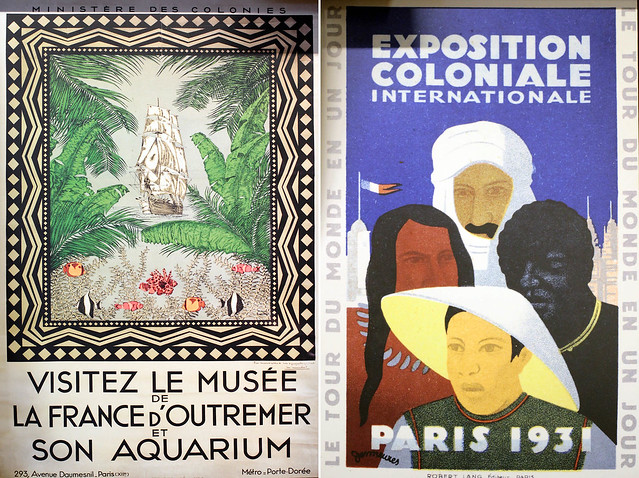
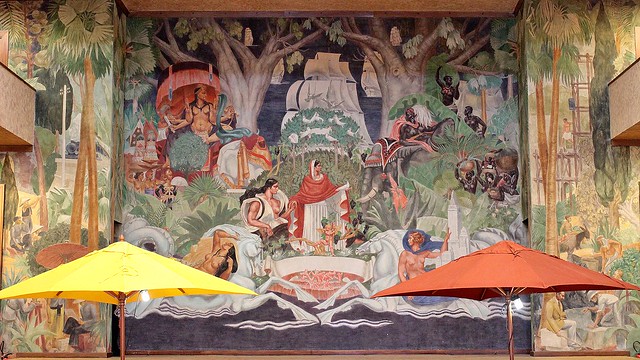
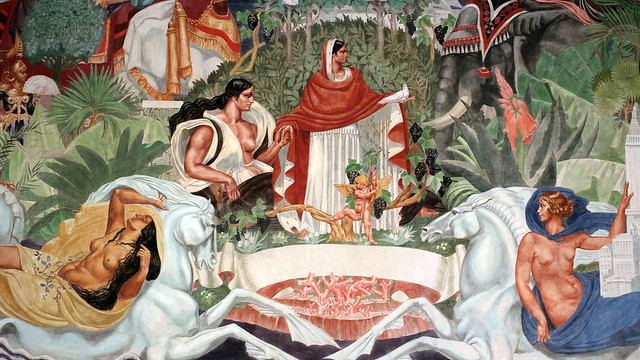
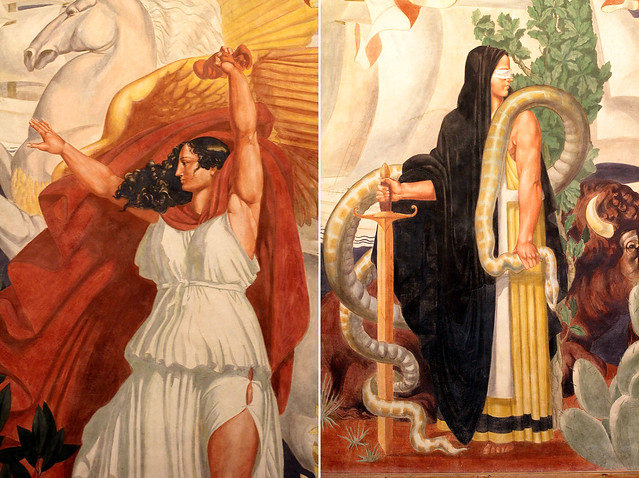
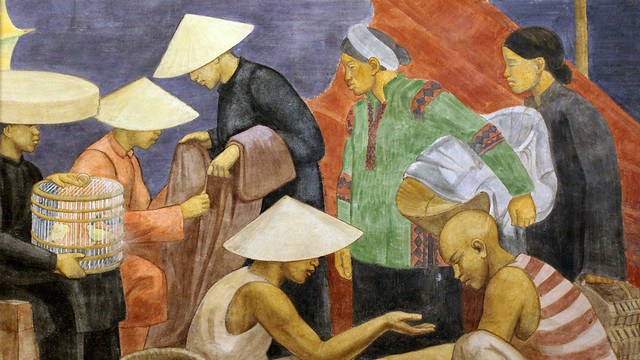
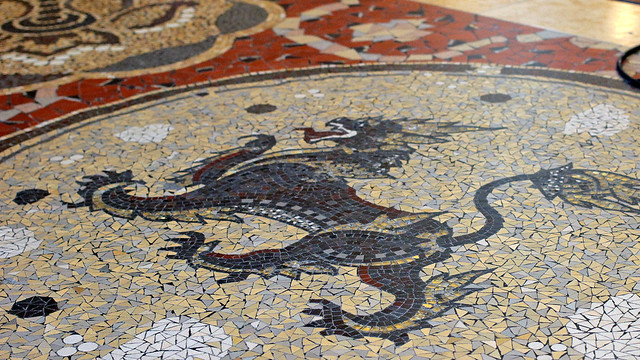
I moved abroad half my life ago and I do not intend to move back to my birth country. Educated, adaptable, integrated, I build my life around me the best that I can, even if that means going on annual pilgrimage, at times Kafkaesque, to see the people who would decide if I am worthy to continue to stay put where I am. Each approval is a victory in its own right. Even then, I recognise that I am in a privileged position, for my (mis)adventures have often been mild compared to many others. I am not escaping extreme poverty, civil war, prosecution and tyranny. I get to choose where I go based on multiple positive options and for that, I am profoundly thankful.
Musée de l’histoire de l’immigration
293 Avenue Daumesnil, 75012 Paris
Daily except Monday, 10.00am – 5.30pm (7.00pm on Saturday/Sunday)
Entry fee charged; free on first Sunday of the month
Tips: ask for an audioguide in English to help navigating through French-only exhibits



good coverage lil and indeed you have been ‘away’ for a long time ;)
there is an immigration museum in melb CBD too…looks much smaller though from the ourside…never been inside yet
And it’ll get longer and longer. If you ever check the Melb immigration museum out, let me know how that is.
Hi, your post is really great!
But, just one thing, there never been a human zoo at the Palais, it was only a museum for arts and goods from the colonies. The human zoo was at the “jardin d’acclimatation”.
Have a nice day!
Thanks Marie – I must have misunderstood something I read along the way – for the clarification. It is much appreciated!
Intéressant tout ça! Il faudra que j’aille y faire un tour…
Oui, peut-être quand tu seras à Paris prochainement? ;)